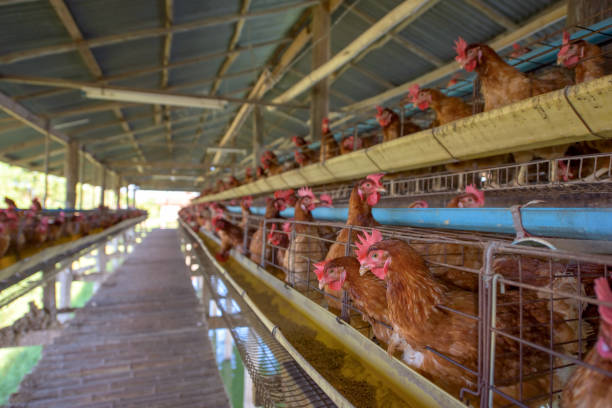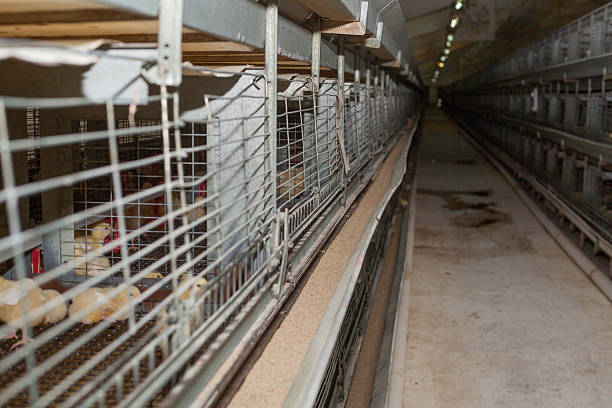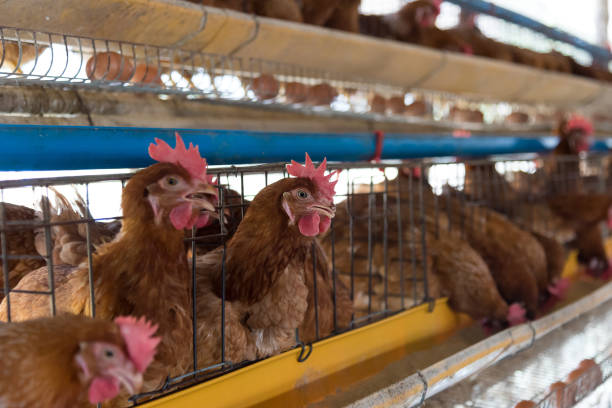Modern Automatic Layer Farm Setup in Nigeria for 20,000 Birds
Modern Automatic Layer Farm Setup in Nigeria for 20,000 Birds
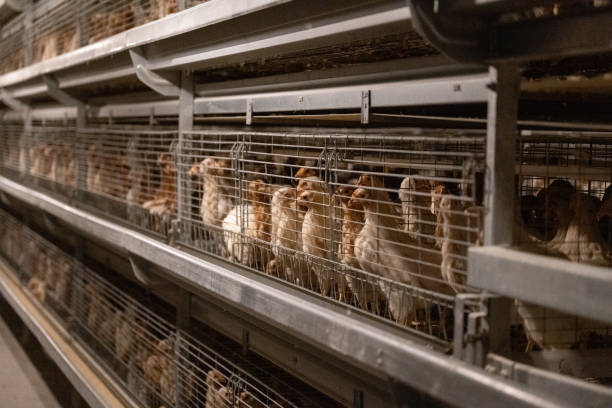
In the fast-growing poultry industry of Nigeria, layer farming has evolved significantly over the past decade. Thanks to technological advancements and increasing demand for quality eggs, setting up a modern automatic layer farm for 20,000 birds is now not only feasible but also highly profitable. Whether you’re a beginner entering the poultry sector or an experienced farmer aiming to scale up, understanding the essentials of a large-scale automatic layer operation is key to your long-term success.
Why a Modern Automatic Layer Farm Makes Sense
The traditional manual methods of egg production are gradually becoming obsolete, especially for large-scale farms. Manual systems come with high labor costs, limited efficiency, and inconsistent output. On the other hand, automatic systems streamline operations, reduce the need for human intervention, and increase overall productivity. For a farm managing 20,000 birds, automation becomes not just a luxury—it’s a necessity.
Moreover, Nigerian consumers are increasingly health-conscious, and they prefer fresh, hygienically produced eggs. A modern setup ensures cleanliness, efficient waste management, and optimal bird health, which in turn leads to better egg quality and higher market value.
Planning a Layer Farm for 20,000 Birds
Before jumping into equipment purchases and building construction, it’s essential to carry out proper planning. Here are the key steps to guide you:
Conduct a Feasibility Study
Every successful business begins with research. Understand the demand for eggs in your target region. Look into local market prices, seasonal fluctuations, available competitors, and distribution channels. This helps in estimating your likely profits and preparing for challenges.
Choose a Suitable Location
Your farm site should be accessible yet away from residential areas to minimize conflicts with neighbors. It should have a good water source, reliable electricity supply, and good road connectivity for transporting feed and eggs.
Obtain Necessary Permits

Ensure that you comply with local agricultural and environmental regulations. Register your business formally and obtain any required licenses before moving forward.
Design the Farm Layout
Efficient farm layout helps in managing birds, feed, and waste effectively. Typically, you’ll need areas for:
Bird housing
Feed storage
Egg collection and packaging
Generator and control rooms
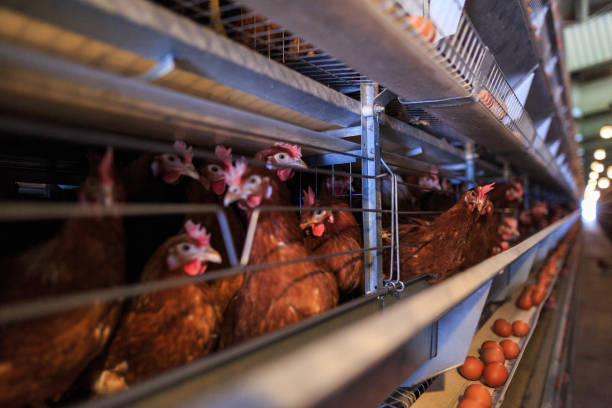
Worker accommodation and administrative offices
Maintenance and repair zones
Now that your groundwork is complete, it’s time to look at the core elements of your modern setup.



